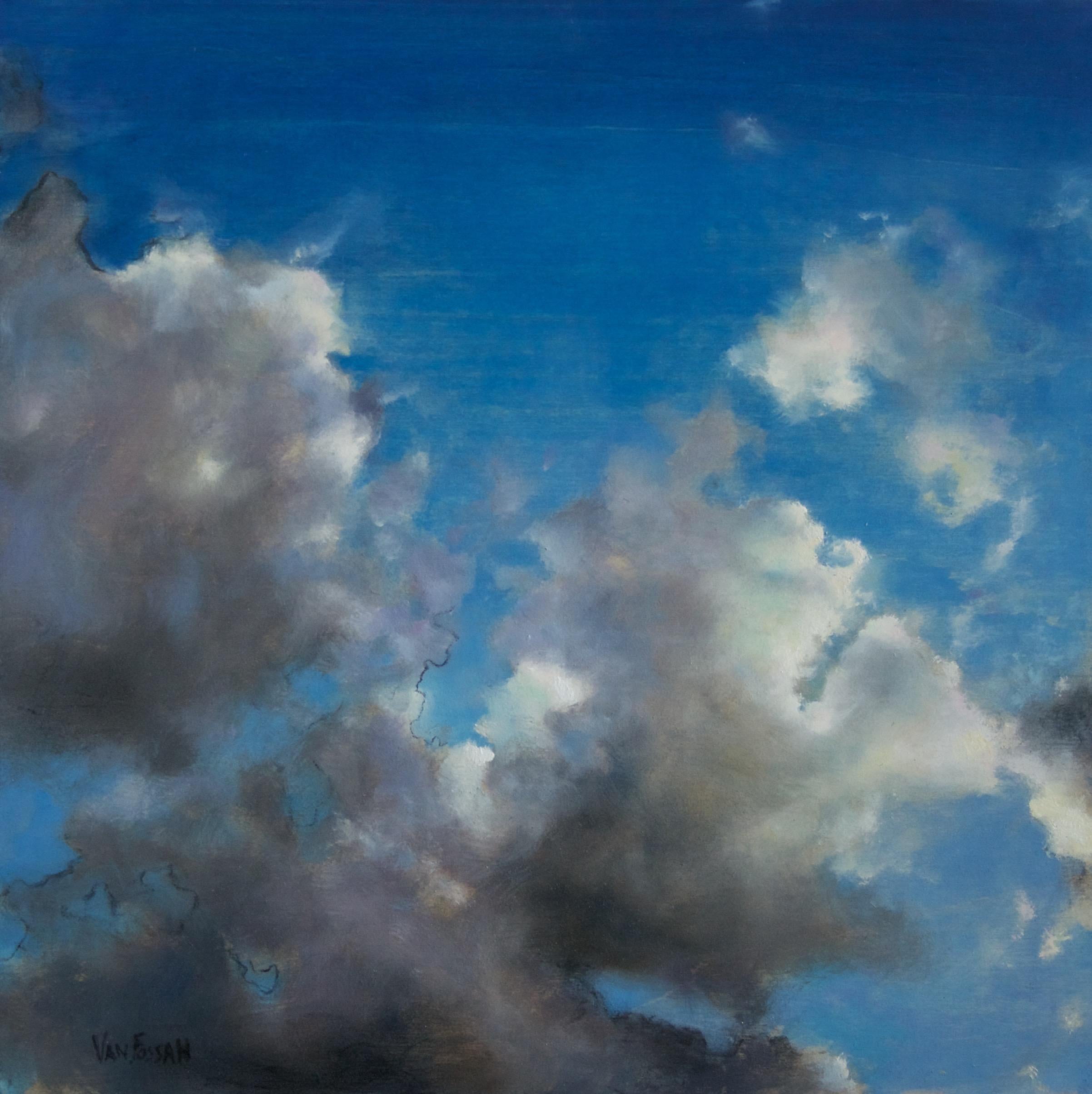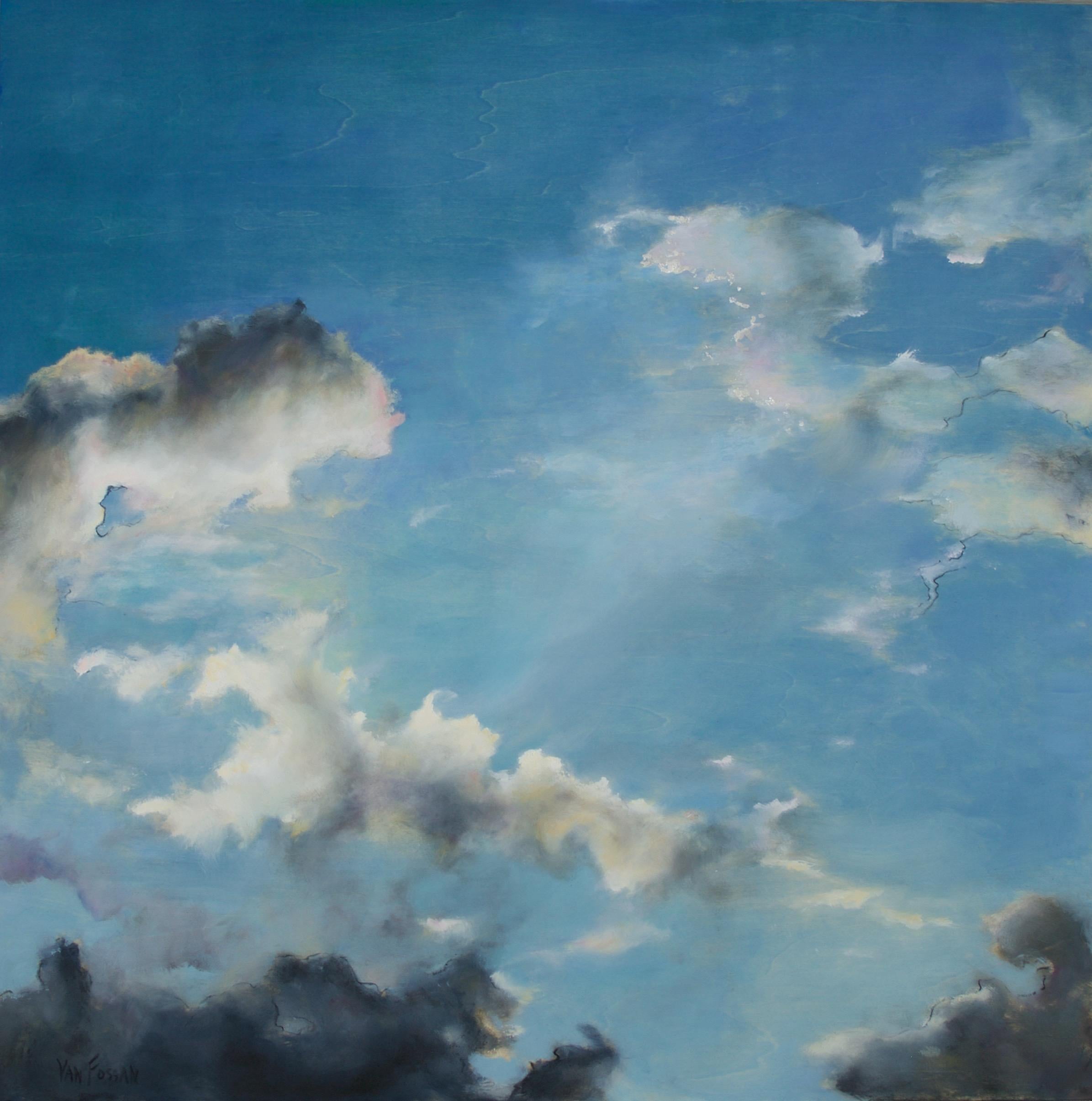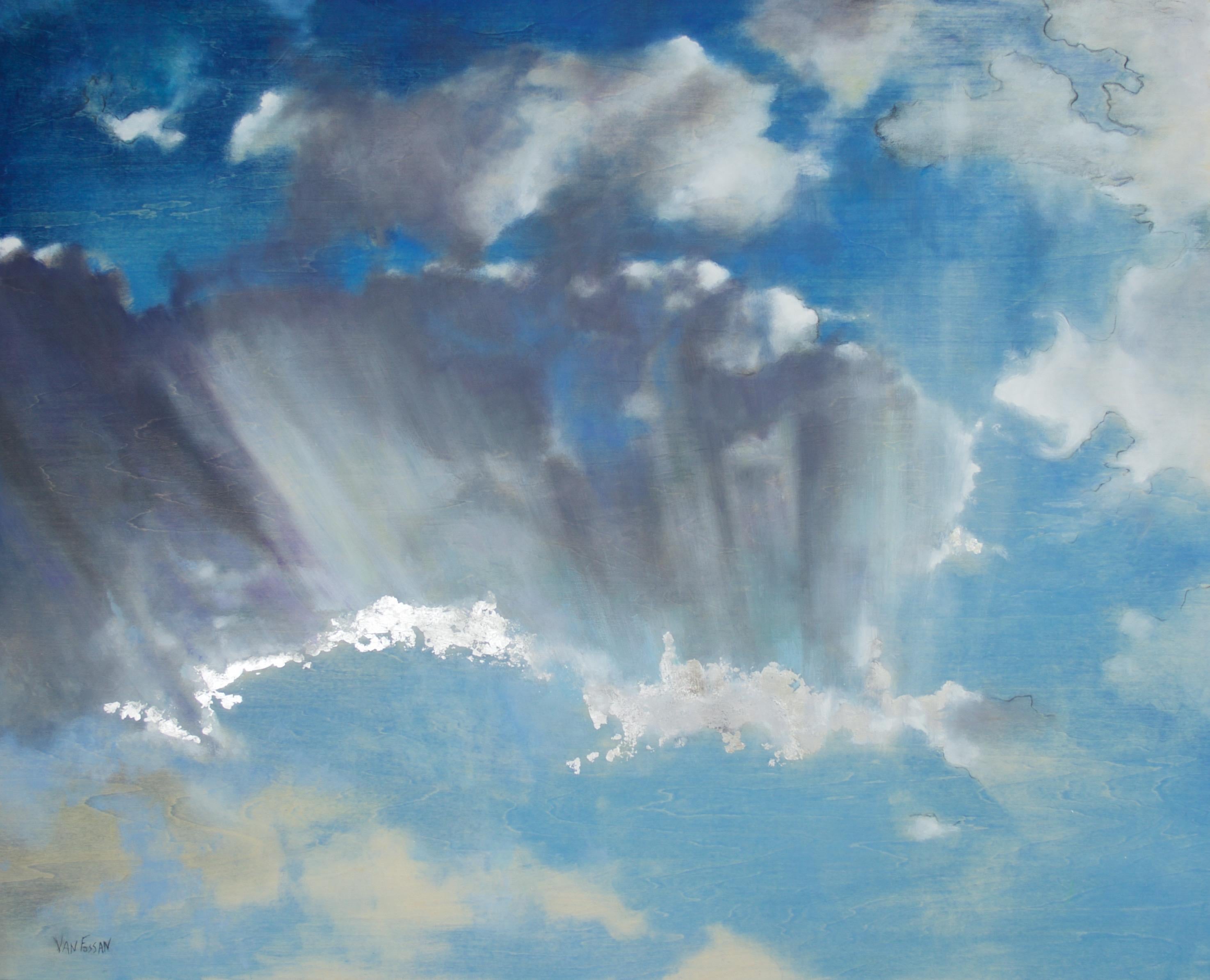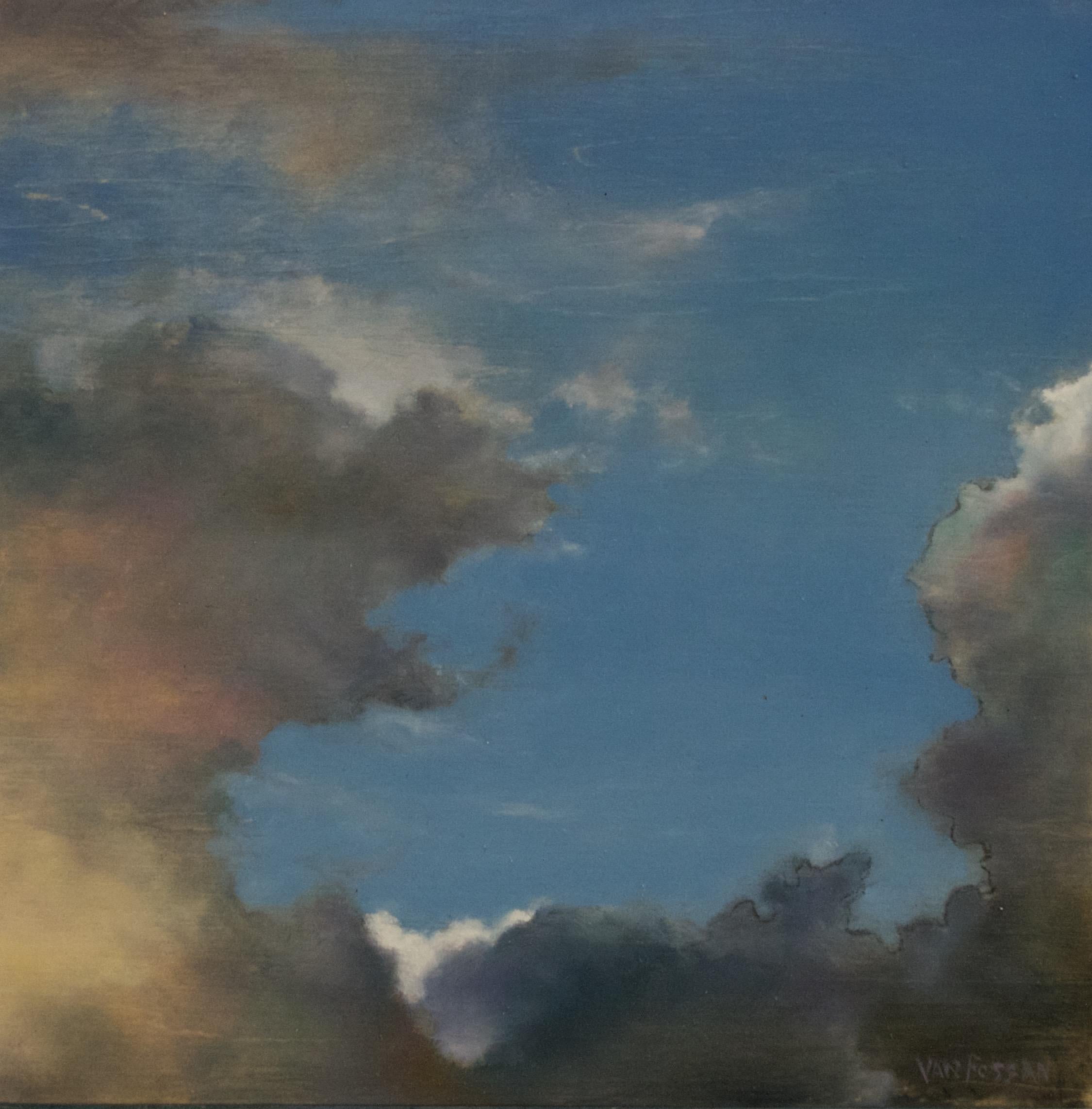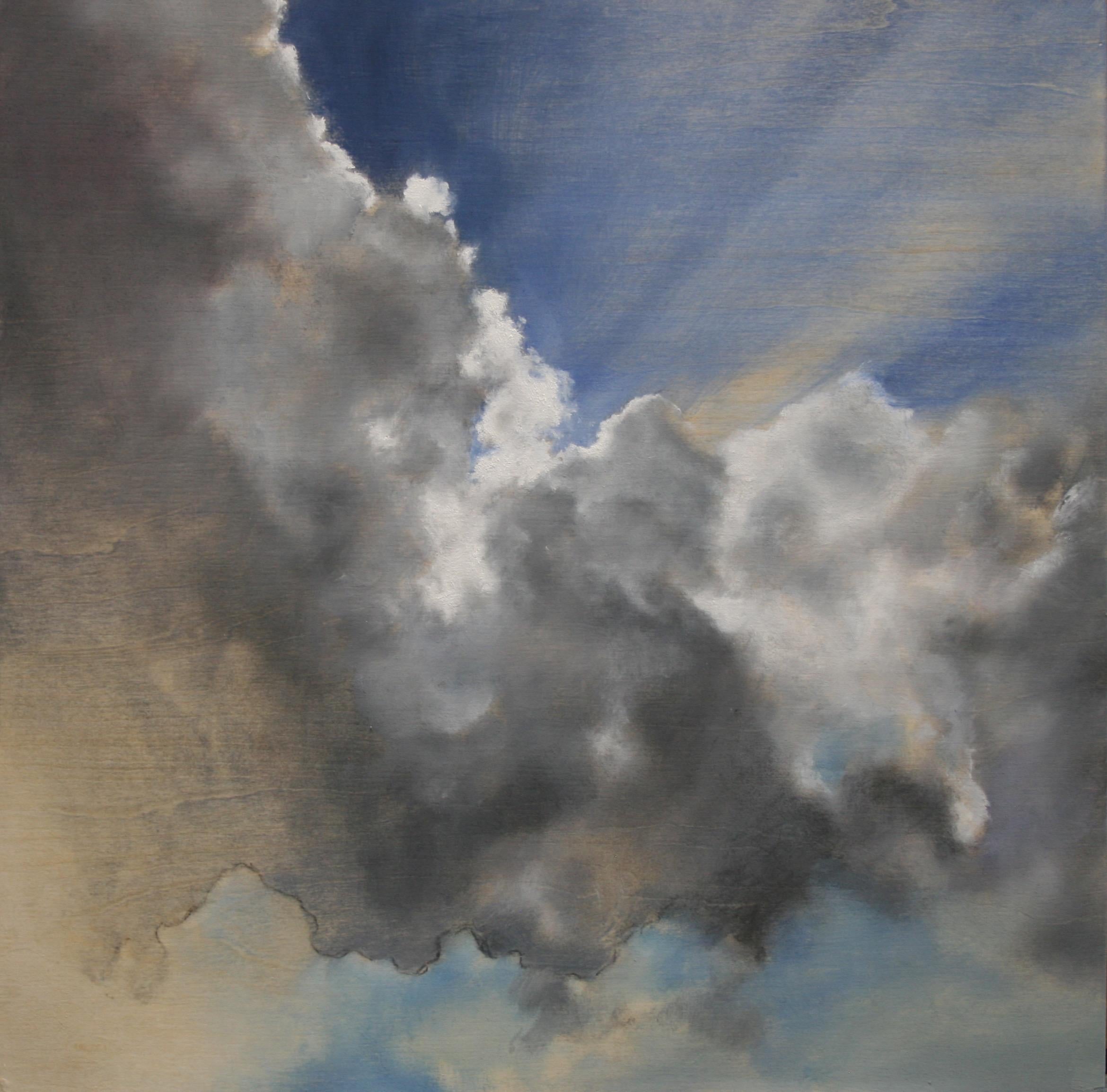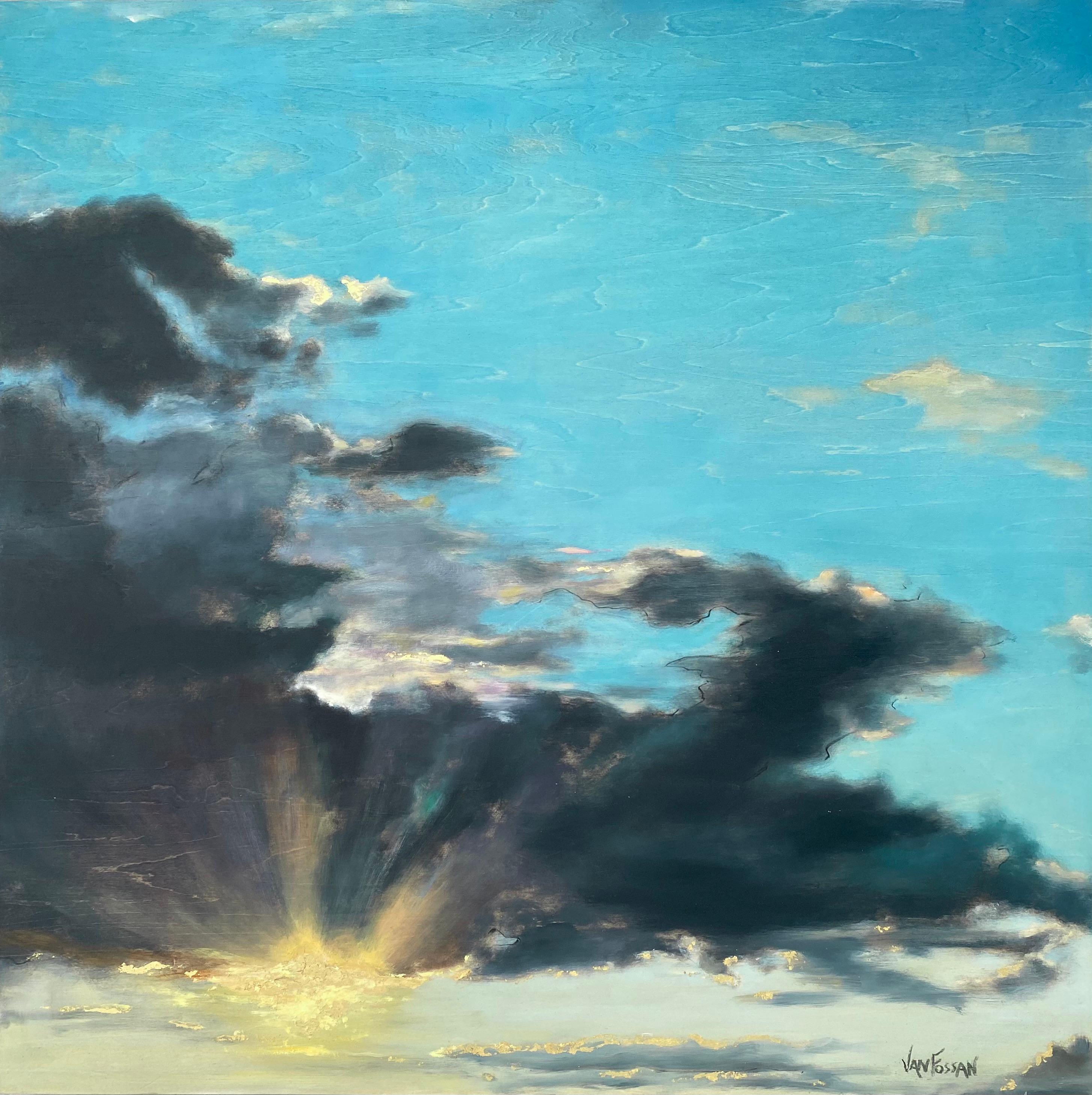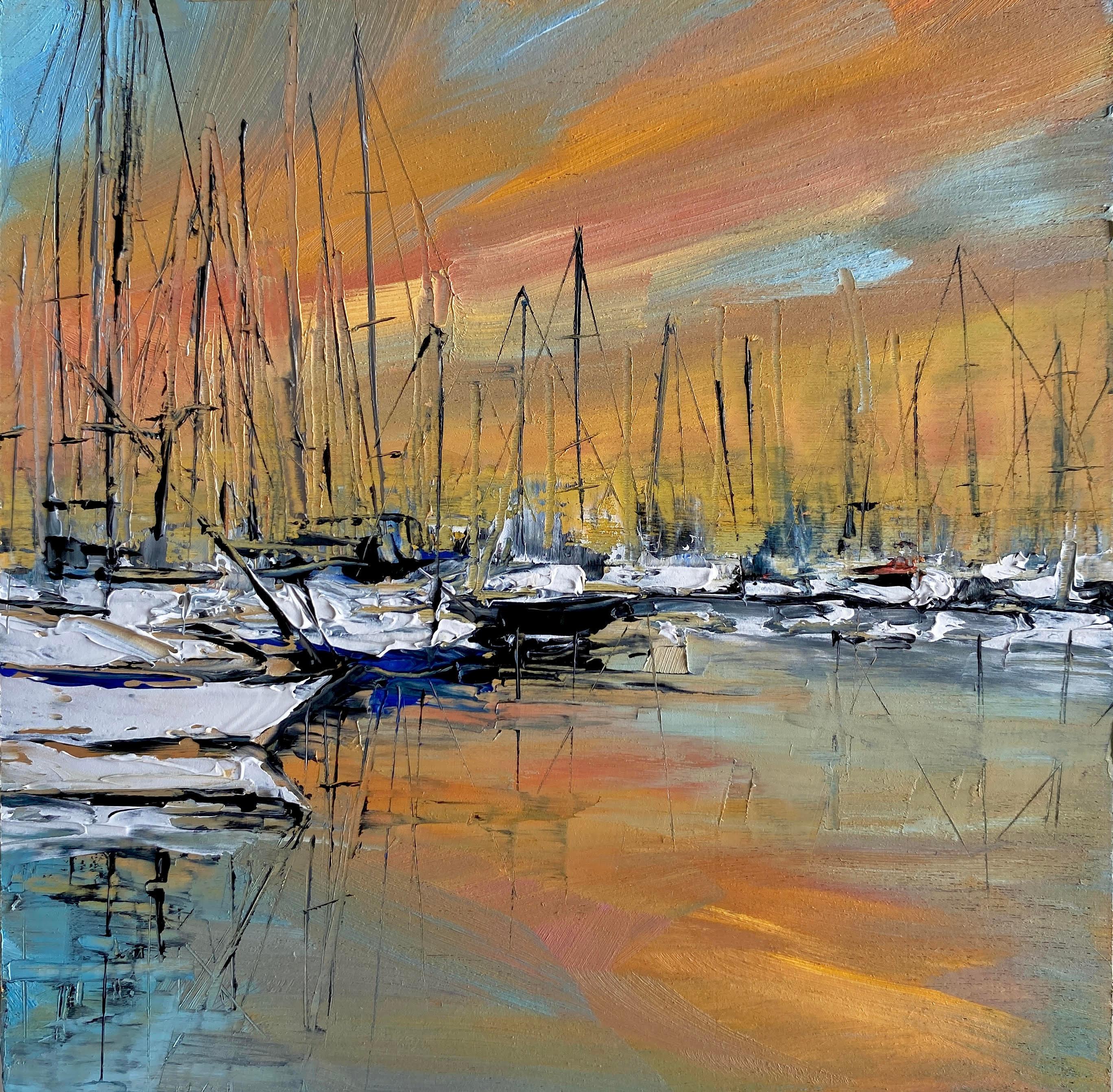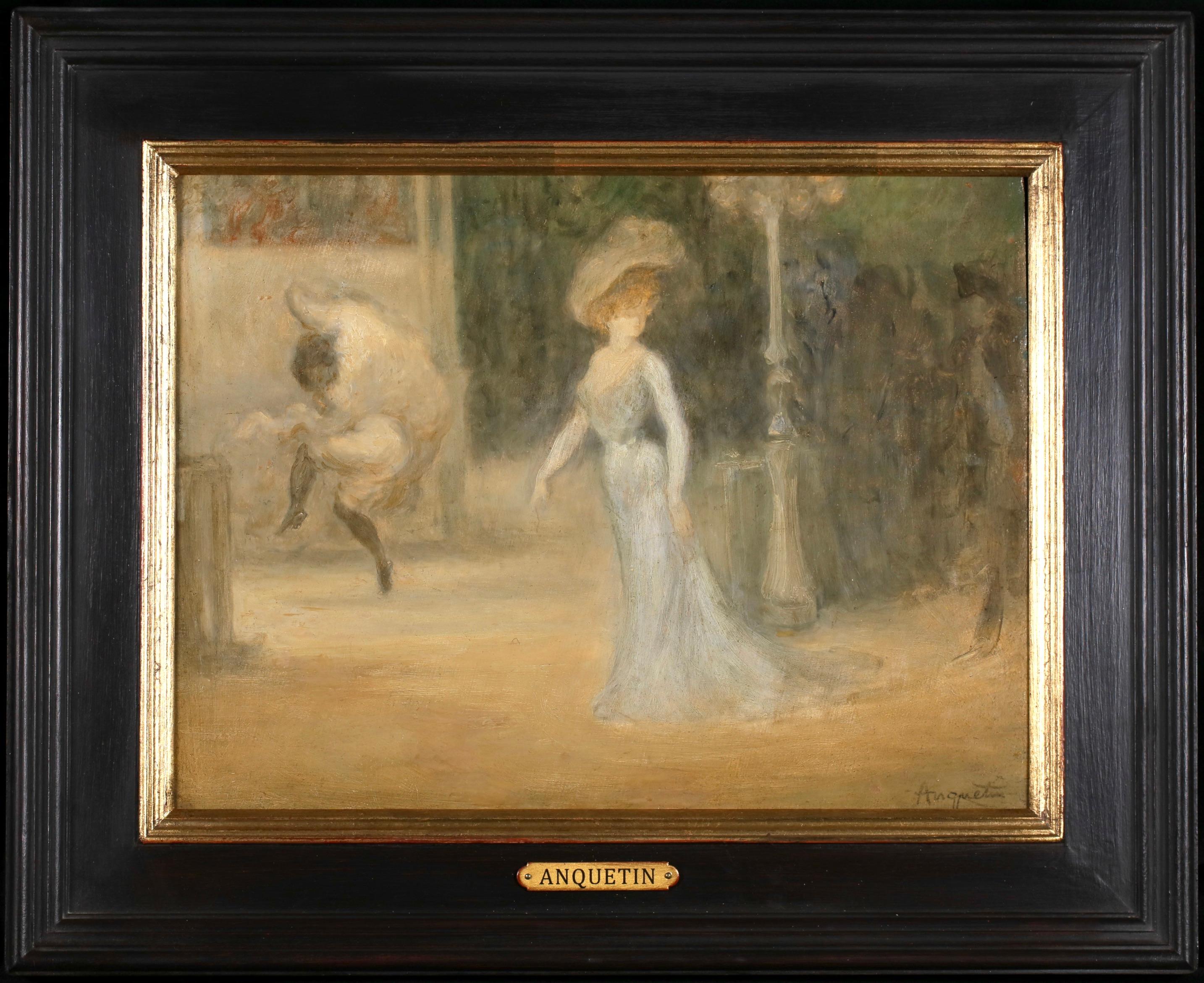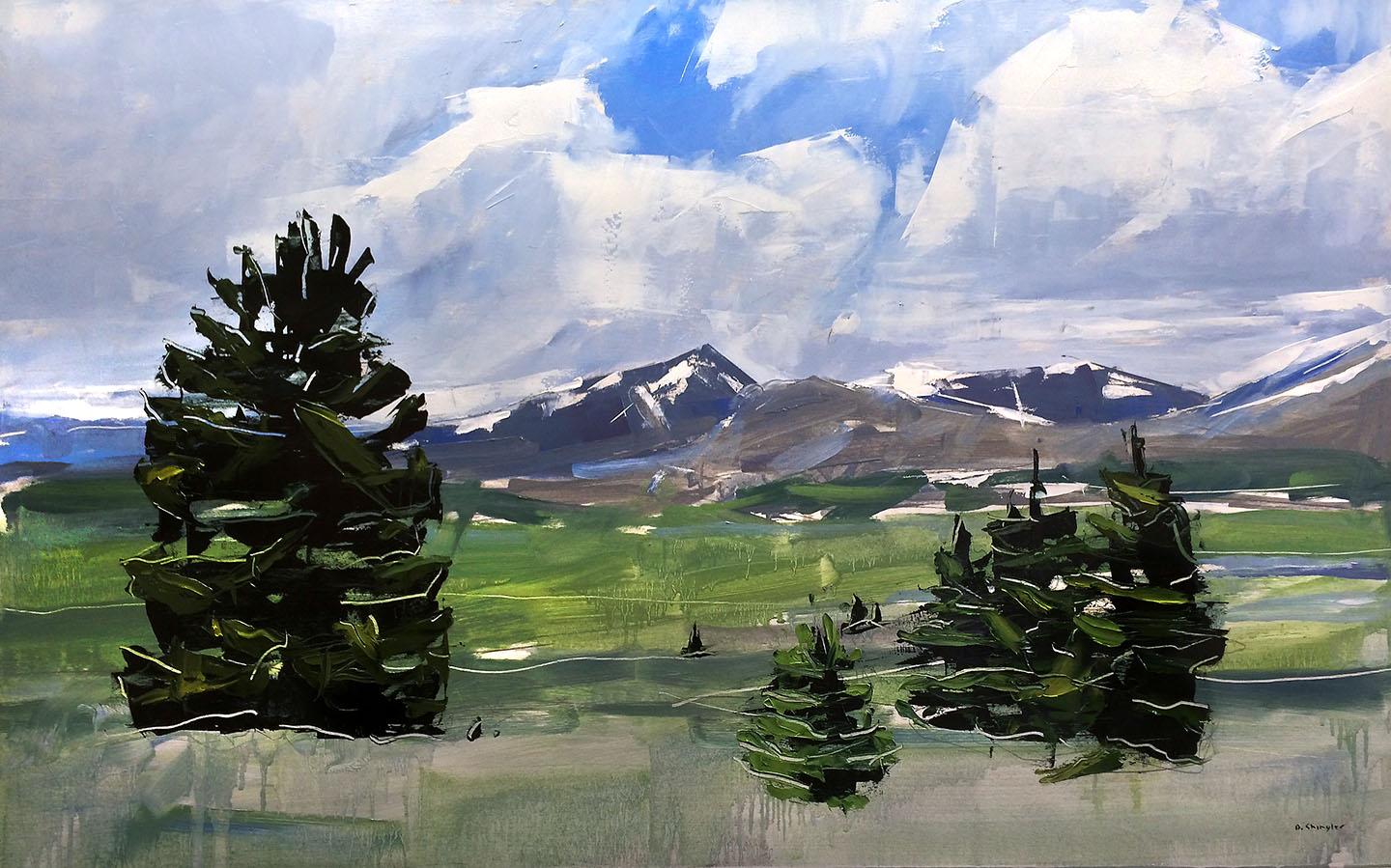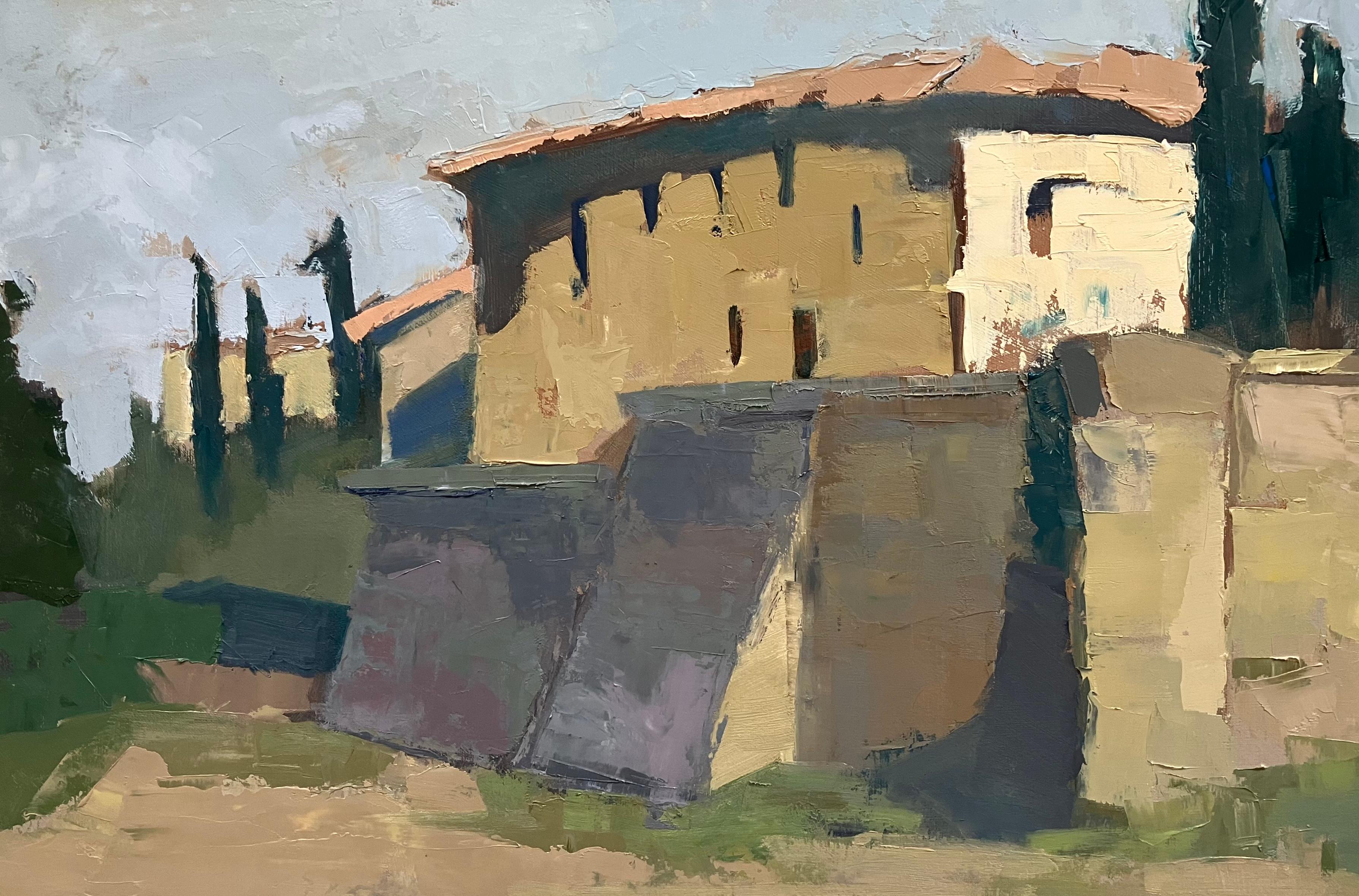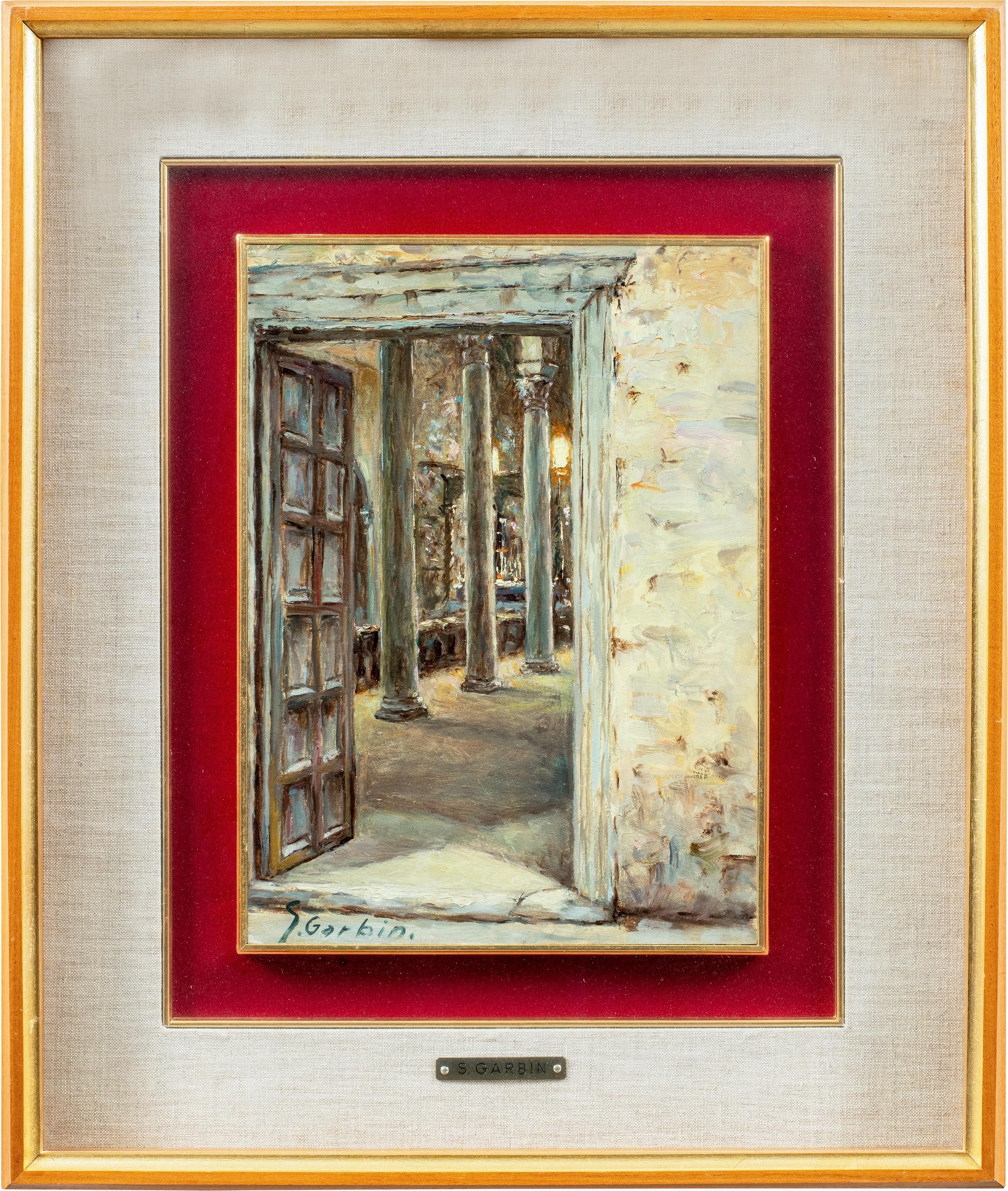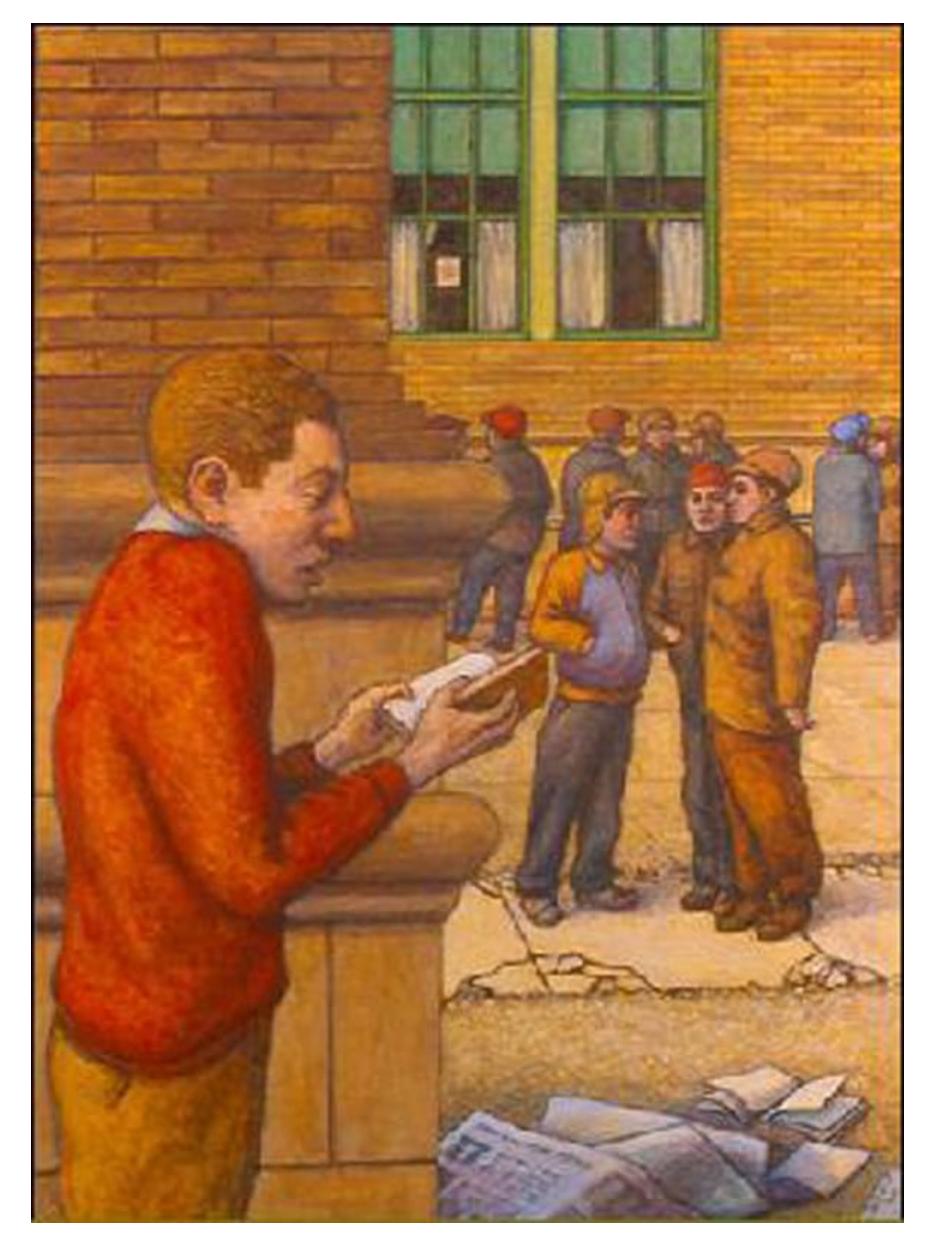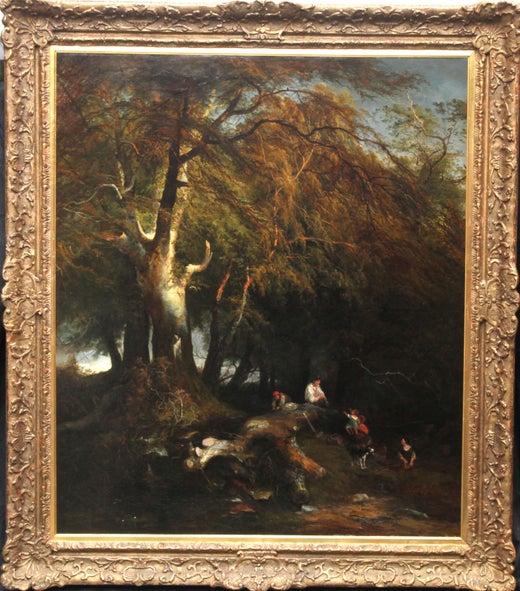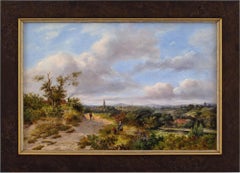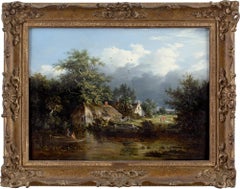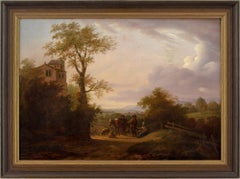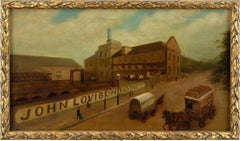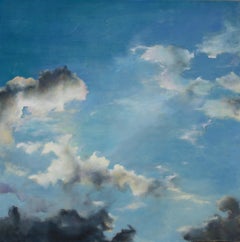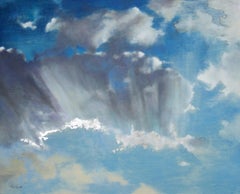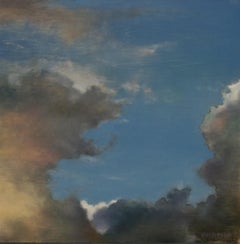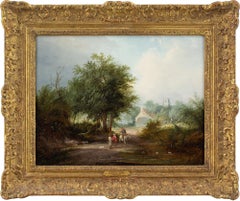
Edward Charles Williams, The Traveller's Halt
View Similar Items
Edward Charles WilliamsEdward Charles Williams, The Traveller's Haltc. 1850
c. 1850
About the Item
- Creator:Edward Charles Williams (1807 - 1881, English)
- Creation Year:c. 1850
- Dimensions:Height: 20 in (50.8 cm)Width: 24 in (60.96 cm)
- Medium:
- Period:
- Condition:Cleaned. Repair to panel. Areas of fine and settled craquelure, as you would expect. The paint layer is stable. Frame in good condition with minor age-related wear.
- Gallery Location:Cheltenham, GB
- Reference Number:1stDibs: LU2328215181372
Edward Charles Williams
Edward Charles Williams was an English landscape painter during the Victorian Era and a member of the Williams family of painters. He was the eldest son of the painter Edward Williams (1781–1855) and Ann Hildebrandt (1780–1851), and a member of the Williams family of painters, who were related to such famous artists as James Ward RA and George Morland. His artist family is sometimes referred to as the Barnes School. His father and five surviving brothers were all noted landscape painters during the Victorian era. Three of the sons of Edward Williams changed their last names to protect the identity of their art. Edward Williams (father) Henry John Boddington, George Augustus Williams, Arthur Gilbert, Sidney Richard Percy and Alfred Walter Williams. His father taught him how to paint, otherwise, he received no formal instruction. He adopted much of his father's style and technique, and like the other painters of his family, he devoted himself to landscapes, producing rich and tranquil views of Barnes, Cumberland, Kent, Surrey and the Thames. His paintings are now highly sought after. Williams married his first wife Mary Ann Challenger on December 11th, 1839 in Westminster. Mary Ann died in 1857 in London, and his only child Alice Williams was born shortly afterward to Sarah Susannah Horley, who had been Mary Ann's nurse. He largely stopped painting after the death of his second wife in 1859, adding value to the small number of paintings that he did produce from 1859 onwards – Springer in the Bracken, The Lap Dog, The Ploughman's walk home, The Ducks at Tilbury and Primrose at St Mary's (Primrose was the Verger's Cat). Some suggest that he suffered a breakdown after his second wife's death, given his choice of subjects in these later years. The location of three of these post-1859 works is unknown, and they are assumed lost during the two world wars. He signed some of his work as E Williams, which leads to confusion with his father, who painted in a similar style, and at times he signed as C Williams to purposely avoid such confusion. Because many of the paintings of both father and son are unsigned, it can be difficult to correctly attribute their work. Williams also collaborated on several paintings with William Shayer, where he would paint the landscape, and Shayer would add in figures and animals; his Near Wantage, Berkshire is a good example. He died on July 25th, 1881 at the Shepherds Bush in London and is buried with Sarah Horley and their daughter Alice in Hammersmith Old Cemetery, close to other family graves.
More From This Seller
View All1850s Dutch School Landscape Paintings
Wood Panel, Oil
1850s Victorian Landscape Paintings
Panel, Oil
1750s Dutch School Landscape Paintings
Wood Panel, Oil
Early 1900s Folk Art Figurative Paintings
Oil, Canvas
Early 1900s Victorian Landscape Paintings
Oil, Board, Canvas
1870s Folk Art Figurative Paintings
Oil, Canvas
You May Also Like
2010s Photorealist Landscape Paintings
Oil, Panel
2010s Photorealist Landscape Paintings
Oil, Panel
2010s Photorealist Landscape Paintings
Silver
2010s Photorealist Landscape Paintings
Oil, Panel
2010s Photorealist Landscape Paintings
Oil, Panel
2010s Photorealist Landscape Paintings
Gold Leaf
